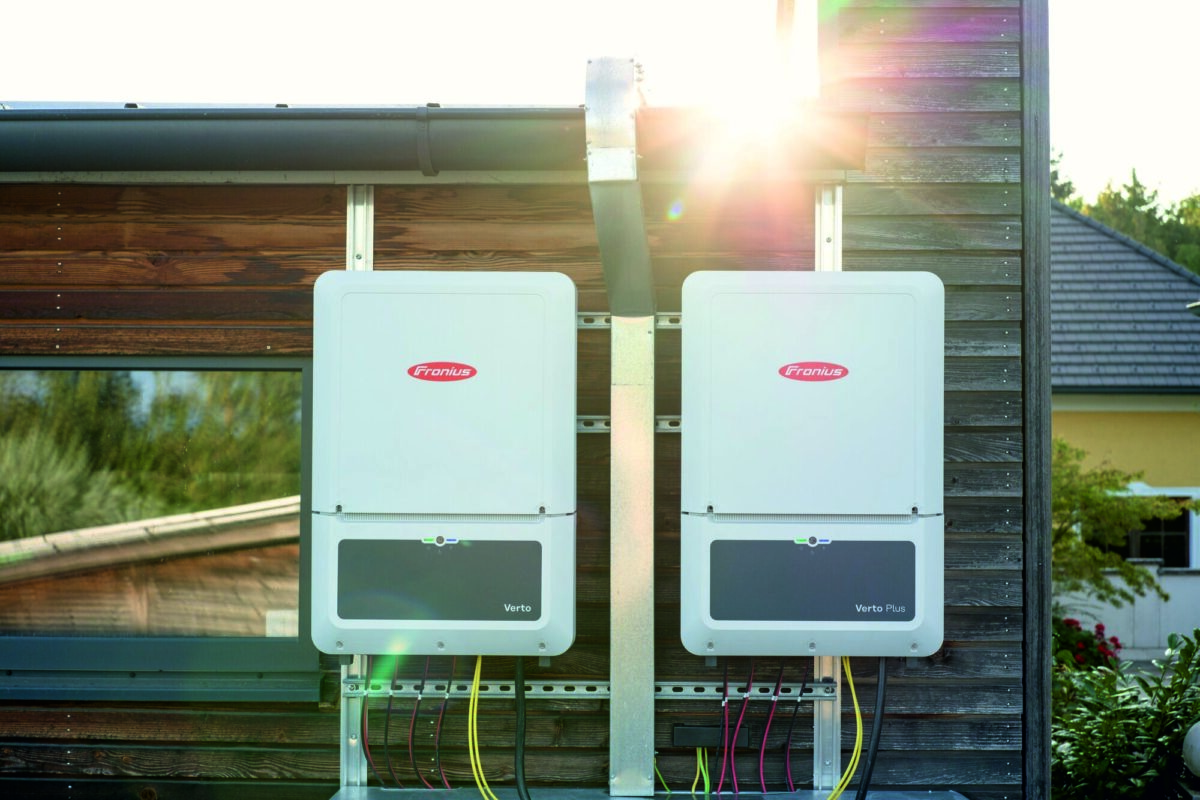This content is protected by copyright and may not be reused. If you want to cooperate with us and would like to reuse some of our content, please contact: editors@pv-magazine.com.
DEWA unveils new method to measure current-voltage curves in PV systems

Image: pv magazine
A group of scientists led by the R&D center of Dubai Electricity and Water Authority (DEWA) has developed a new methodology to conduct on-site I-V curve measurements in PV systems.
“It is common practice in the PV industry to monitor the health of PV systems using their current-voltage (I–V) curves. However, these I–V curves are rarely measured in-field, requiring the modules to be transported to laboratories for detailed analysis,” the research's corresponding author, Shahzada Pamir, told pv magazine. “This process disrupts the normal operation of the PV system and risks physical damage to the modules during transportation. To address this challenge, we developed a physics-based statistical model known as the Suns-Vmp method.”
The proposed method is described as a non-destructive, non-intrusive, and non-interruptive technique that uses voltage at maximum power (Vmp) and current at maximum power (Imp) along with irradiance and module temperature to recreate ‘pseudo' I–V curves. These pseudo I–V curves are then fitted with a suitable equivalent electrical circuit model, specifically a two-diode model.
The novel approach also assumes monotonic degradation of the PV parameters over time. “The temporal evolution of these PV parameters provides not only the overall degradation of the PV module but also highlights the underlying root causes,” Pamir explained.
The scientists conducted a series of tests on the new methodology by measuring 10 different PV modules installed at DEWA's Outdoor Test Facility near the Mohammed bin Rashid Al Maktoum (MBR) solar park, and they claim this analysis demonstrated the accuracy of the Suns-Vmp method in recreating pseudo I–V curves compared to actual field-measured I–V curves.
“From our analysis of the 110 PV modules installed under harsh desert conditions, the median power degradation rates for mono-crystalline, poly-crystalline, and thin-film technologies were estimated at approximately 0.21% per year, 0.49% per year, and 1.51% per year, respectively,” Pamir stated, adding that the panels were deployed with different inclination angles and were submitted to differnet cleaning frequencies.
The Suns-Vmp method was also found to offer a “very low” average root mean square error (RMSE) of 0.35 A between the simulated and the real I-V curves. “One major drawback of the Suns-Vmp method in its present form is that it cannot recreate I-V curves for partially shaded modules, which have I-V curves with steps or kinks,” the academics stated. “This is because the PV parameters extracted by the Suns-Vmp method are representative of the entire module.”
The novel approach was introduced in the paper “Suns-Vmp method for health monitoring of 110 PV modules,” published in Renewable and Sustainable Energy Reviews.
“This study is the first of its kind to analyze degradation pathways of PV modules under the harsh conditions of the Dubai desert using actual PV modules,” Pamir further explained. “The findings provide a vital baseline for real-time monitoring and complement direct measurements, offering new insights into prevalent degradation modes across various module types. The extensive validation of the Suns-Vmp approach not only underscores its practical applicability but also enhances our understanding of module performance in desert climates.”



By submitting this form you agree to pv magazine using your data for the purposes of publishing your comment.
Your personal data will only be disclosed or otherwise transmitted to third parties for the purposes of spam filtering or if this is necessary for technical maintenance of the website. Any other transfer to third parties will not take place unless this is justified on the basis of applicable data protection regulations or if pv magazine is legally obliged to do so.
You may revoke this consent at any time with effect for the future, in which case your personal data will be deleted immediately. Otherwise, your data will be deleted if pv magazine has processed your request or the purpose of data storage is fulfilled.
Further information on data privacy can be found in our Data Protection Policy.